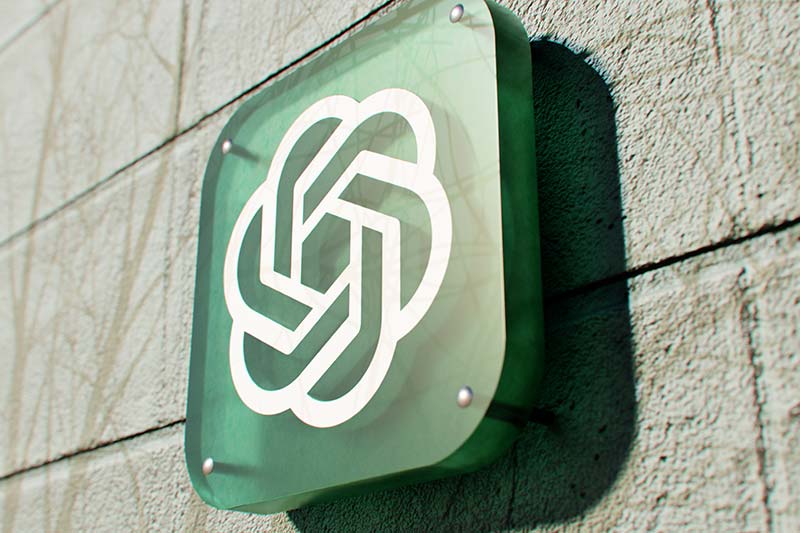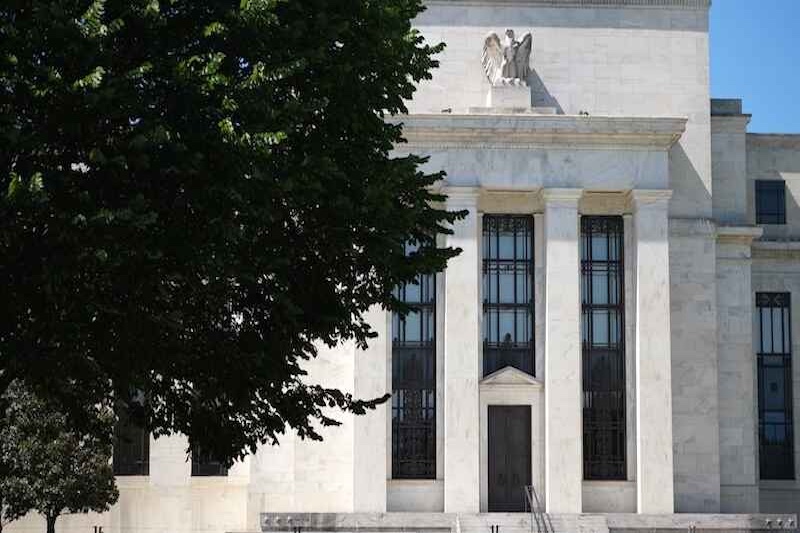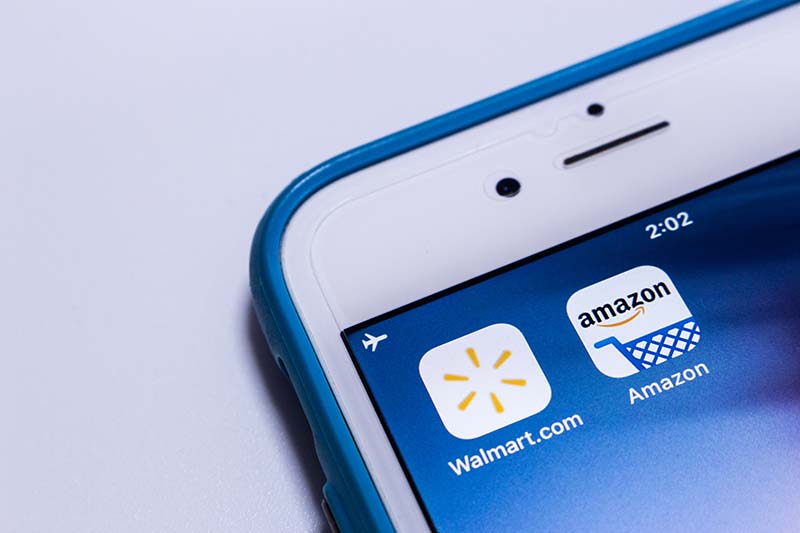Buy This, Not That: A Tale of Two Balance Sheets
Shah Gilani|March 26, 2025

Two computing giants.
Two very different stories.
Dell and Hewlett Packard Enterprise both took significant hits this year.
Dell is down 44% from its highs.
Hewlett-Packard tumbled 32.6% since January.
But beneath the ugly charts lies a tale of balance sheets, dividends, and profit margins.
One offers diversification across five business segments.
The other boasts massive revenue but carries concerning debt.
With tariff uncertainties looming and the April 2 deadline approaching, which tech stalwart deserves your investment dollar?
In this week’s Buy This, Not That, I’ll reveal why one of these beaten-down tech stocks is actually a bargain in disguise.
Click the image below to check out today’s video.
TRANSCRIPT
Hey everybody.
Shah Gilani here with your weekly BTNT, as in Buy This, Not That.
Thank you all for sending in so many tickers.
Today, we’re going to see a faceoff between Hewlett Packard (HPE) and Dell (DELL).
Let’s take it from the top and start with Dell Technologies.
I think everybody knows Dell. If you don’t know Dell, you should know Dell.
You may work on a Dell computer. Maybe you have a Dell in your office.
Dell is known for its two divisions.
The Infrastructure Solutions Group (ISG) is their enterprise side of the house.
This includes object platforms, general purpose, and AI optimized servers, networking products – more of the high-margin business.
They also have the Client Solutions Group. There, we’re talking about the workstations, desktops, notebooks, displays, keyboards, mice, webcams, etc.
Dell makes a lot of products, and they’re darn good in my opinion.
The company has a $69.5 billion market cap, revenues of $95 billion over the trailing twelve months, and a profit margin of 4.8%. Pretty good numbers at Dell.
The trailing P/E ratio is 15.64x. So, it’s not expensive relative to the market multiple which is hovering around 20x.
The forward P/E is 10.72x. I think it’s pretty cheap relative to the market.
Quarterly revenue growth on a year-over-year (YoY) basis was +7.2%.
Quarterly earnings growth YoY was 32%. Pretty impressive.
Let’s take a look at the chart so we can compare Hewlett Packard and Dell in

Now, the first thing you’re going to notice about Dell is the high watermark here (May 29, 2024) for Dell.
Since then, Dell is down 44%. Yesterday it closed at $98.86, down 44% from its highs within the last fifty-two weeks.
That’s not a very good looking chart.
It’s well below the 200-day and 50-day moving averages. This is not a good looking pattern here.
I could draw some parallel lines to say it’s in a downtrending channel.
Dell’s a great company. The only thing I really don’t like about Dell is its balance sheet. That’s not in great shape.
Levered free cash flow is negative to the tune of a few billion dollars. That’s worrisome.
They are carrying a lot of debt, though they generally manage it.
But balance sheet-wise, I’m not impressed.
Now, let’s compare that to Hewlett Packard Enterprises, symbol HPE, trading at $16.53.
I’m going to pull up the chart. But before I pull up the chart, I want you to be looking at the Dell chart because the Hewlett chart’s not going to impress you…
…but I actually like Hewlett better than Dell here, and I’ll tell you why.

Hewlett Packard runs about five segments. It’s diversification makes it easier to run them separately.
They’ve got servers, hybrid cloud, the intelligence edge, which is a really high profit margin business, and financial services. So, they’re a little more spread out.
In their large enterprise software application switches, they’ve got the Cray computers you’ve all heard of, network security and location services.
So, they’ve got more different businesses than Dell. Hewlett Packard is better diversified in my opinion.
Now, as far as size, they are a $21.65 billion market cap versus Dell at $69.5 billion.
Revenue at Hewlett is $31.23 billion for the trailing twelve months versus a whopping $95 billion at Dell.
The profit margin at Dell is 4.8%. The profit margin at Hewlett Packard is a lot nicer at 9.03% – a heck of a lot better than what we see over at Dell.
It’s got a much better balance sheet than Dell – not a better-looking chart, but a much better balance sheet than Dell.
But when you look at the chart…this is the definition of ugly.
HPE saw its high of $24.66 back on January 22 of this year.
It was down 32.6% at yesterday’s close from its high watermark up here.
This is an ugly fall off. A lot of that is due to tariff expectations.
Why?
Because their principal manufacturing is in twelve different countries, including China and Mexico.
And earnings were a miss.
The problem with earnings was that they cited profitability, slipping in their high-margin businesses, and investors did not like that.
They also talked about how the backlog post-COVID normalized.
In other words, it’s come down to practically nothing.
Yes, they still have a backlog. But it’s average for what Hewlett normally has.
They don’t have this big buildup, which everyone thought would turn into sales down the road.
So the earnings report was disappointing. The forward guidance was disappointing.
Talk of tariffs was disappointing.
But I like Hewlett better than Dell, and I’ll tell you why.
It’s got a better balance sheet, and it’s got a better dividend.
They both pay a dividend. However, Hewlett Packard’s forward dividend is 3.16%. Dell’s is 2.10%.
It’s got better quarterly revenue growth than Dell at 16.3% versus 7.2% at Dell.
It’s got better quarterly earnings growth, 62% versus 32% at Dell.
It’s also cheaper in terms of its P/E. Its trailing P/E is 7.92x versus Dell’s trailing P/E of 15.64x.
The forward P/E ratio for HP is 8.76x while Dell’s is 10.72x. So it’s cheaper there.
If we consider tariffs with the April 2 deadline coming up, there are going to be some problems. We just don’t know how deep they’re going to go.
We don’t know if relief will be given.
I think there’s going to be relief given for American companies that manufacture overseas, and I hope that Dell is one of them. I hope Hewlett, especially, is one of them.
But companies that manufacture overseas are going to have to get some relief because 25% tariffs will crush them. And this is what we see in Hewlett Packard’s chart.
But I like Hewlett better.
It has a better balance sheet and a lot better numbers.
Overall, it’s cheaper down here.
I think it’s on sale down here.
But again, this is an ugly chart.
Now, you’re trying to catch a little bit of a falling knife if you buy it here.
But, we’re seeing a little bit of a turn higher. You have this nice gap to fill.
You don’t have that kind of action at Dell.
So, yes, I do like Dell. But versus Hewlett Packard, this chart looks a little bit better because you don’t have that fall.
But it’s still pretty ugly. It’s sloping down.
If you go on a three year chart for Dell, you see a nice rise, and then this is a downtrend.

I do not like this. I don’t know where that’s going to end.
If we look at HPE, guess what? It’s not so pretty on a three year basis.

However, I will say the ugliness is because of what happened recently.
Otherwise, it has much better action.
It’s got a pretty normal slope for a company this size, and this to me looks like a nice floor down here, and Hewlett could move back up.
So when it comes to the battle between Dell and Hewlett Packard, I say, Buy Hewlett Packard, not Dell.
Thanks, everybody.
Catch you guys next week.
Cheers.

Shah Gilani
Shah Gilani is the Chief Investment Strategist of Manward Press. Shah is a sought-after market commentator… a former hedge fund manager… and a veteran of the Chicago Board of Options Exchange. He ran the futures and options division at the largest retail bank in Britain… and called the implosion of U.S. financial markets (AND the mega bull run that followed). Now at the helm of Manward, Shah is focused tightly on one goal: To do his part to make subscribers wealthier, happier and more free.



